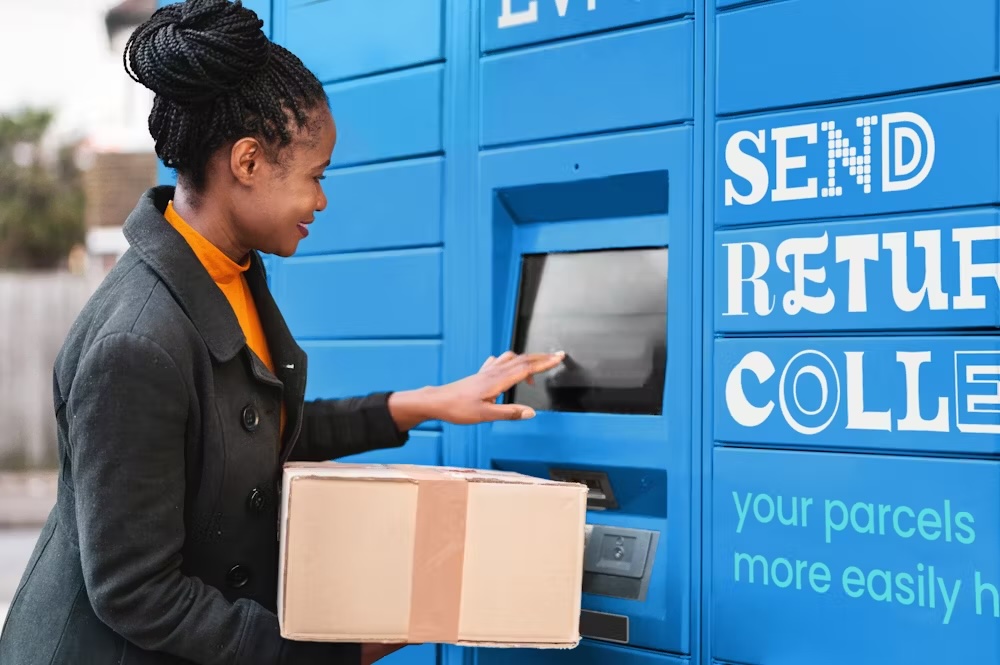Flexible transport networks, automation and data are the key strategies for meeting the increasingly complex last mile of delivery in coming years, according to a new study.
The report by DHL and Euromonitor examines the changes resulting from growth in the urban population – 600 million more people by 2030 – alongside the large-scale proliferation of smartphones and burgeoning ecommerce sales.
The result, it said, is that ecommerce and delivery companies had focused on moving fulfilment hubs nearer to consumers (localising delivery networks), introducing more flexible models such as parcel lockers, increasing resources available for peak periods and exploring new technology.
The coming years and the demand for better service from consumers, the report argues, will force ecommerce companies to take additional measures to sustain cost efficiency.
Logistics operators should focus on building more flexible or elastic transport networks, the report said.
The goal should be more efficient use of available transport capacity, achieve higher load factors, reduce costs, connect more quickly to end customers and reduce environmental impact.
In addition, it could include the ability to move shipments more easily between different modes of transport such as bicycles and vans.
The second major area was automation, which would include both software and hardware. One area could be the introduction of automated processing technology at distribution centres.
Another would be the introduction of autonomous vehicles and robotics, which would “bring down labour costs, increase productivity and enhance services.”
Data management was cited as the third major area, allowing retailers and logistics operators to better forecast and position inventory to reduce waste and increase stock availability.
This would also provide greater visibility on inventory and transport flows, allow logistics operators to manage routing and exceptions and provide tracking for a better customer experience.
However, the authors noted that these three areas would not need to be managed as actively or receive equal investment.
“Different markets, commodities and operating environments, as well as competitive pressures, may require prioritisation of one particular focus area over the others, or more substantial investment in certain focus areas at the expense of others.”
For example, urban environments in more developed markets might encourage a higher level of automation than in less developed ones, or companies facing labour shortages might want to invest into flexibility and automation.
Katja Busch, chief commercial officer, DHL, said: “The last mile is increasingly becoming the key battleground in the ecommerce supply chain, and companies will have to develop targeted strategies in this area to compete effectively.
“It’s not just about transportation, but about companies’ overall approach to managing inventory – getting the right items to the right place at the right time.
Lee Spratt, CEO, DHL ecommerce Americas, said: “The future evolution of this fast-moving, highly competitive ecommerce market is still incredibly difficult to predict, so companies need to remain nimble and efficient while ensuring they are meeting customer demands.
“The last mile requires considerable attention because, however the market evolves, it will continue to be one of the main touchpoints in the customer experience.”
Image credit: DHL/Euromonitor








